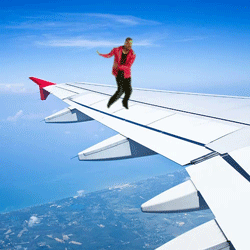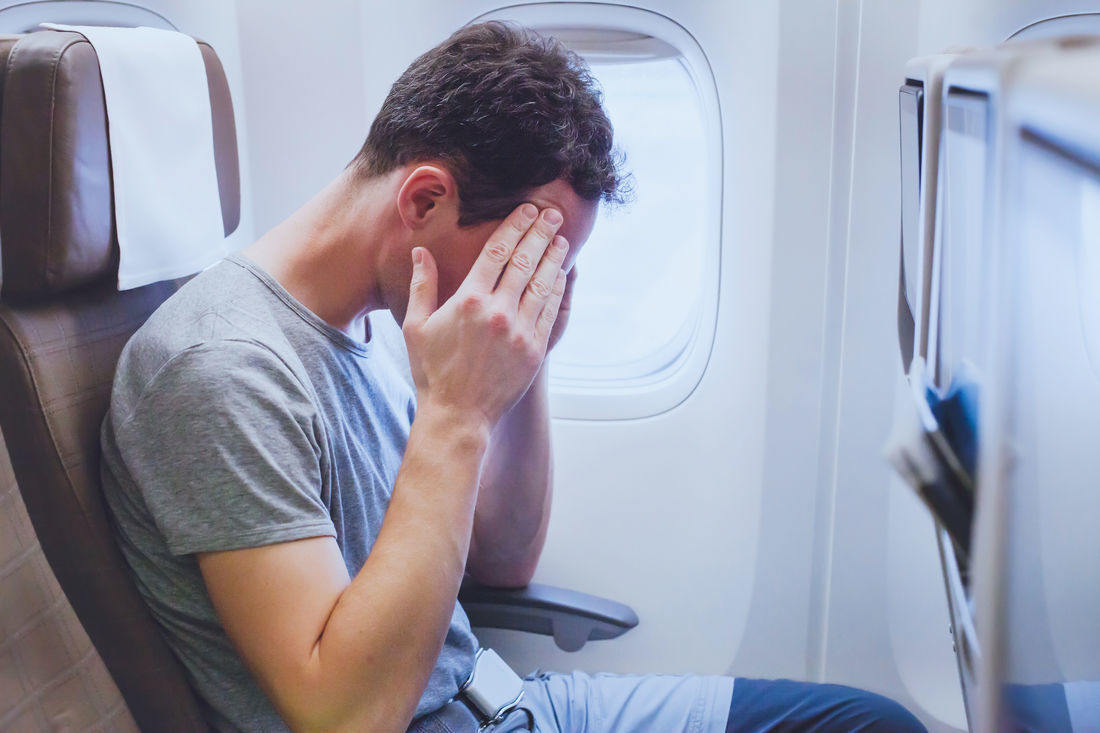Fear of flying is one of the most common anxieties. Statistics show that almost a third of people suffer from the affliction – and for those of us who regularly board a plane for business, study or pleasure, it can be a significant problem to overcome.
The good news is that there are some sure-fire ways to control your fears. Here’s our top five:
- Take charge of your thoughts. Fear of flying is a chemical brain activity as old as humanity. When your amygdala senses a threat, it sends out extra cortisol – the fight or flight hormone. Your heart starts beating faster, pumping your blood in preparation for a quick getaway. But your rational brain centres can override this process. Get it working in your favour by challenging the validity of your negative thoughts. Remind yourself that, statistically, flying is much safer than getting behind the wheel. Here’s some facts to help your rational self win over your amygdala – use them as a mantra as you board the plane and take your seat: Your chances of being involved in a plane crash is one in 11 million and 96% of passengers survive.
- Learn how to meditate. Studies prove specific meditations can help you overcome a fear of flying. In MRI scans, regular meditators typically show a smaller amygdala than non-meditators, which means – you guessed it – a lower fear response. If you’re new to meditating, getting started is as simple as breathing. Close your eyes and focus on your in-breath. Now hold your in-breath for a slow count of four. As you let the breath go, repeat to yourself, “r-e-l-a-x.” Repeat five times, holding your in-breath for four counts then emptying your lungs and holding your out-breath for four counts. Why does this work? Fast, shallow breathing expands the oxygen in your blood compared to carbon dioxide, which makes you feel light-headed and panicked. Slowing and deepening your breaths calms you down almost instantaneously.
- Select your seat in advance. One of the things that disturbs anxious flyers most is turbulence. If the bounce upsets you, make sure you prebook a seat near the front of the plane where the ride is smoother. The engines are below the wings, so sitting in front of them wing means any noise is projected away from you. You might also want to decide which seat makes you feel more comfortable – aisle, middle or window. If the sight of the ground helps give you a stronger reference point, pick the window. If you’d prefer to pretend you’re riding a big bus, go for the aisle. If you feel better with something to grab on to, the middle seat gives you two armrests to clutch!
- See a professional. If your fear is deep-seated, you might need a little extra help from a psychologist, cognitive behavioural therapy specialist or hypnotist. You can even do an online course on how to cope. Getting a professional to work with you on exploring the reasons behind your fears can give you greater peace of mind before you get on board. And the confidence you gain by having the courage to face your anxiety can flow through to other parts of your life, too. If all else fails, some medications help overcome a fear of flying.
- When in doubt, fake it till you make it. The power of positive thinking is surprisingly effective in battling fear. As you board the plane, pretend you’re someone who loves to fly. How would you behave? Would you smile as you take your seat? Would you calmly pull out your book/ music player/ iPad and nonchalantly entertain yourself mid-flight? The brain is a funny thing – after a while of pretending you’re calm, you will feel calm.




